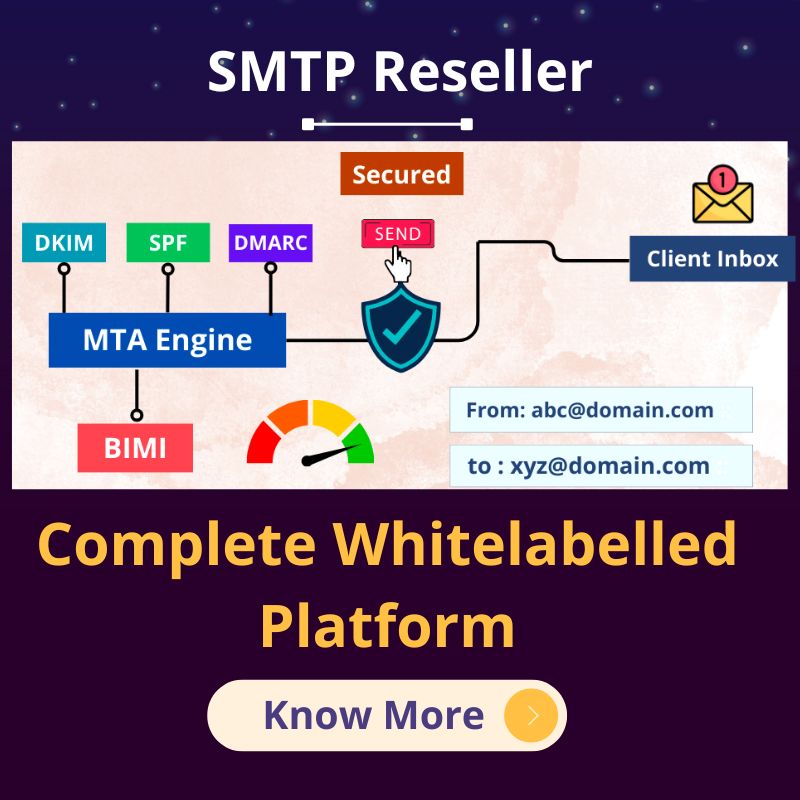An Overview of Threats and Safeguards, Email security refers to the collective measures used to secure the access and content of an email account or service. It allows an individual or organization to protect the overall access to one or more email addresses/accounts. Common Threats are Effect on the Emails. Email is the most used method for exchanging business data. If used improperly, email can expose businesses to all kinds of threats, such as spam, phishing, spoofing, and viruses. Therefore, Adopting an email security policy will help safeguards your organization and empower your users to handle their email response.
What are Common Threats:-
1. Computer Virus:-
The Common threat computer viruses are one of the most common threats to cybersecurity. They are pieces of software that are designed to be spread from one computer to another. so it sent as email attachments or downloaded from specific websites with the intent to infect your computer
2. Trojan Horse:-
They spread often by email; it may appear as an email from someone you know, and when you click on the email and its included attachment, you’ve immediately downloaded malware to your computer. Also, Trojans spread when you click on a false advertisement.

3. Adware and Spyware:-
we consider any software that is designed to track data of your browsing habits and, based on that, S0 you advertisements and pop-ups. Adware collects data with your consent — and is even a legitimate source of income for companies that allow users to try their software for free, but with advertisements showing while using the software.
4. Computer Worm:-
Computer worms are pieces of malware programs that replicate quickly and spread from one computer to another. A worm spreads from an infected computer by sending itself to all of the computer’s contacts, then immediately to the contacts of the other computers.
5. Rogue Security Software:-
The rogue protection software program is a malicious software program that misleads users to consider there may be a pc virus mounted on their pc or that their security measures are not up to date. Then they offer to install or update users’ security settings.
How to Recover Email Based Attack:-
1. Sending Password and Reset Links in Email:-
when everyone tries to be more secure then each other, when companies spend billions on information security, it seems a little bit odd that the password reset left behind, the place that, in my opinion, should be everyone’s concern, still relies only on the email provider.
2. perform Scans Your System:-
Once your compromised account is safely back under your control – and hopefully this does not take too long – you should do a security audit to check for suspicious files and another strange behavior.
3. Get the Basic Right:-
After attacked, you need to make sure that you now get the basics right. For example, make sure you change passwords often – using complex ones or a password manager where possible, whilst you might want to consider using two-factor authentication (2FA) and an anti-virus solution.
Email Security Tips to Safeguards Vital Business Information:-
1. Be Aware of Common Phishing Schemes:-
Cyber criminals or common threats employ increasingly sophisticated tactics to gather personal information from users by sending phishing emails that appear to come from trusted sources. For instance, an email purportedly from your bank or a vendor with whom you have an account may ask you to verify your password or credit card information.
2. Keep Business and Personal Email Separate:-
Keep a separate email account for personal use, and make sure to create a unique password for each account. Re-using passwords between accounts leaves you vulnerable to hackers.
3. Sare Wisely:-
Despite what your mom taught you, sharing is not always the best idea. When it comes to files, think carefully before you email that link. Share only the information that needs to be shared and only with the people who need to use it.
4. Double-Check the Target Email Address:-
In conjunction with wise sharing, take a minute to slow down and verify the email address before you click Send. All too often, users rely too much on a fast lookup. It would be easy to accidentally send a confidential email to Mary Sanderson that was intended instead for Marion Sanders.








